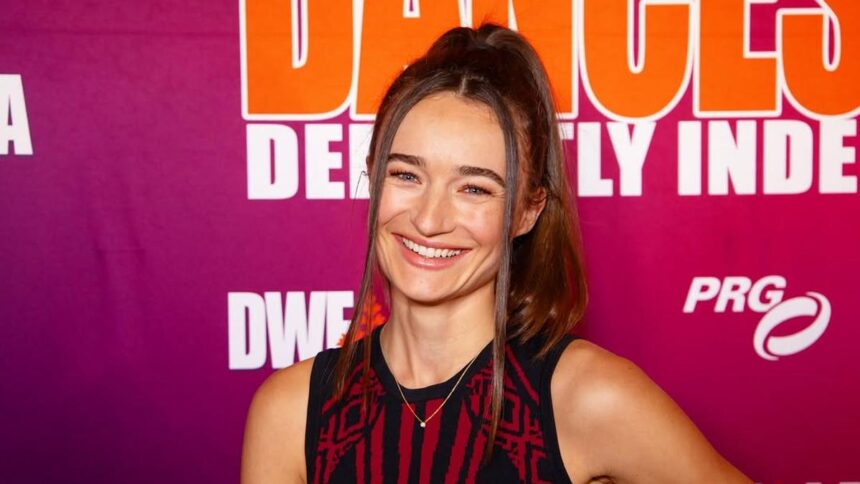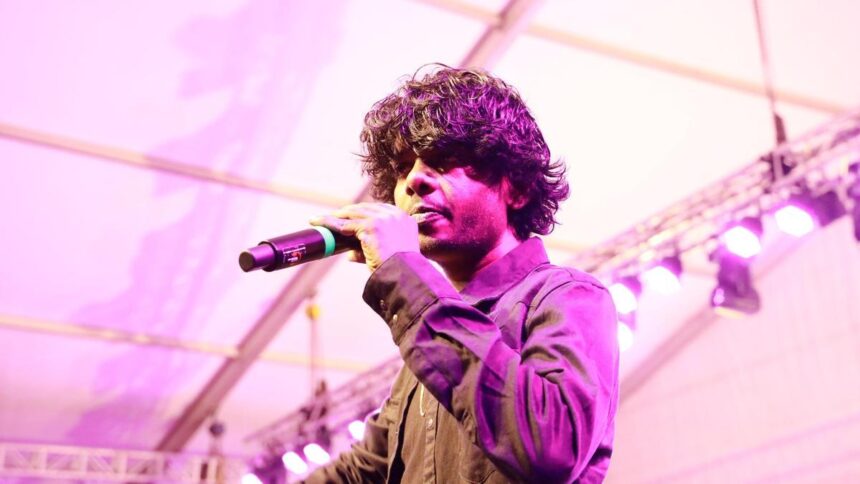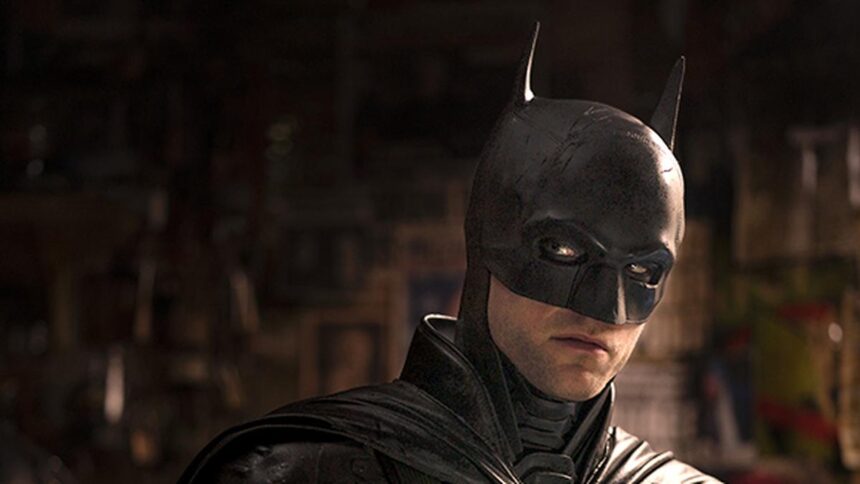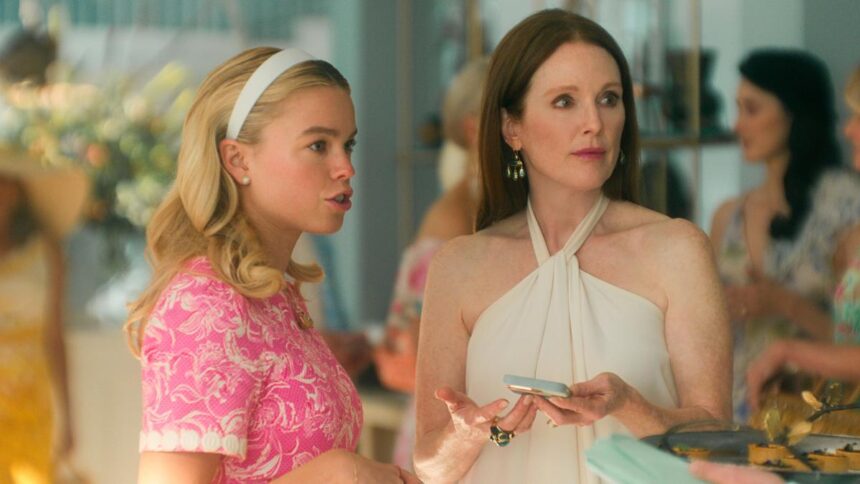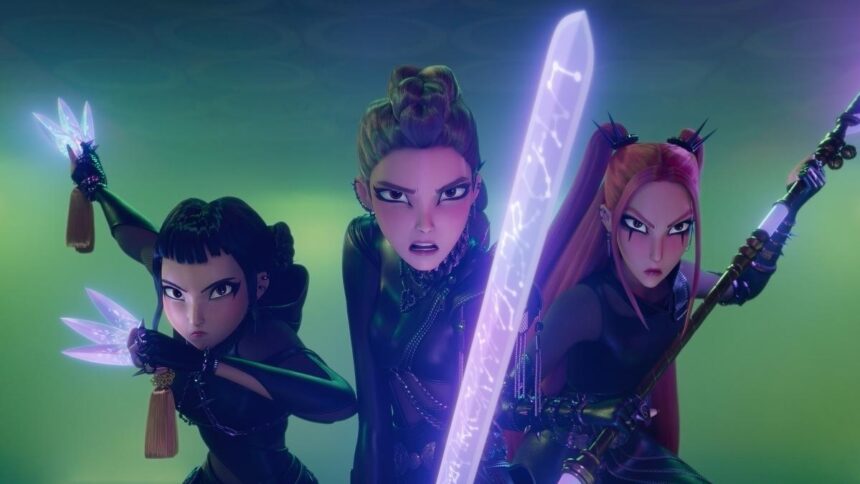Gone are the days of six-fingered hands or distorted faces: AI-generated video is becoming increasingly convincing, attracting Hollywood, artists, and advertisers, while shaking the foundations of the creative industry.
To measure the progress of AI video, you need only look at Will Smith eating spaghetti. Since 2023, this unlikely sequence, entirely fabricated, has become a technological benchmark for the industry.
Two years ago, the actor appeared blurry, his eyes too far apart, his forehead exaggeratedly protruding, his movements jerky, and the spaghetti didn’t even reach his mouth.
The version published a few weeks ago by a user of Google’s Veo 3 platform showed no apparent flaws whatsoever.

“Every week, sometimes every day, a different one comes out that’s even more stunning than the next,” said Elizabeth Strickler, a professor at Georgia State University.
Between Luma Labs’ Dream Machine launched in June 2024, OpenAI’s Sora in December, Runway AI’s Gen-4 in March 2025, and Veo 3 in May, the sector has crossed several milestones in just a few months.
Runway has signed deals with Lionsgate studio and AMC Networks television group.
Lionsgate vice president Michael Burns told New York Magazine about the possibility of using artificial intelligence to generate animated, family-friendly versions from films like the “John Wick” or “Hunger Games” franchises, rather than creating entirely new projects.
“Some use it for storyboarding or previsualization,” steps that come before filming, “others for visual effects or inserts,” said Jamie Umpherson, Runway’s creative director.
Burns gave the example of a script for which Lionsgate has to decide whether to shoot a scene or not.
To help make that decision, they can now create a 10-second clip “with 10,000 soldiers in a snowstorm.”
That kind of pre-visualization would have cost millions before.
In October, the first AI feature film was released: “Where the Robots Grow” is an animated film without anything resembling live action footage.
For Alejandro Matamala Ortiz, Runway’s co-founder, an AI-generated feature film is not the end goal, but a way of demonstrating to a production team that “this is possible.”
Still, some see an opportunity.
In March, startup Staircase Studio made waves by announcing plans to produce seven to eight films per year using AI for less than $500,000 each, while ensuring it would rely on unionised professionals wherever possible.
“The market is there,” said Andrew White, co-founder of small production house Indie Studios.
People “don’t want to talk about how it’s made,” White pointed out. “That’s inside baseball. People want to enjoy the movie because of the movie.”
But White himself refuses to adopt the technology, considering that using AI would compromise his creative process.
Jamie Umpherson argues that AI allows creators to stick closer to their artistic vision than ever before, since it enables unlimited revisions, unlike the traditional system constrained by costs.
“I see resistance everywhere” to this movement, observed Georgia State’s Strickler.
This is particularly true among her students, who are concerned about AI’s massive energy and water consumption as well as the use of original works to train models, not to mention the social impact.
But refusing to accept the shift is “kind of like having a business without having the internet,” she said. “You can try for a little while.”

In 2023, the American actors’ union SAG-AFTRA secured concessions on the use of their image through AI.
Strickler sees AI diminishing Hollywood’s role as the arbiter of creation and taste, instead allowing more artists and creators to reach a significant audience.
Runway’s founders, who are as much trained artists as they are computer scientists, have gained an edge over their AI video rivals in film, television, and advertising.
But they’re already looking further ahead, considering expansion into augmented reality and virtual reality; for example creating a metaverse where films could be shot.
“The most exciting applications aren’t necessarily the ones that we have in mind,” said Umpherson. “The ultimate goal is to see what artists do with technology.”
Published – July 08, 2025 08:44 am IST
















